How To Shop For Eco Friendly Clothing For Everyday Fashion
In recent years, the fashion industry has adapted to the growing environmental concerns that have arisen due to the rapidly developing fast fashion industry. Fast fashion is currently the most scrutinized business due to its unethical practices and the waste and pollution it creates. This has resulted in consumers deciding to find other sustainable alternatives with eco friendly clothing. The addition of eco friendly clothing or sustainable fashion in their clothing is a very efficient way, but how do you include it in your wardrobe? We will give you a thorough overview of the technique of eco-buying.
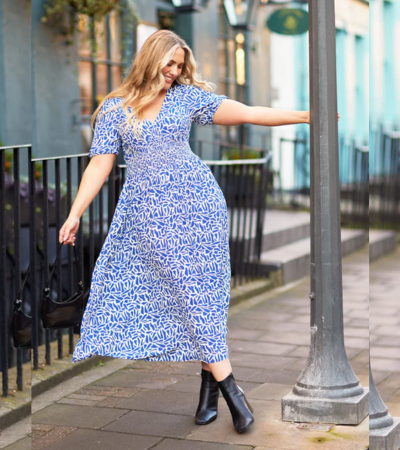
1. Know What Sustainable Fashion Means for You
Sustainable fashion is a term that refers to clothing being made in such a way that it has negligible impact on nature and has humane ethics for working. These include-
- Eco friendly clothing fibers like organically grown cotton, hemp, bamboo, and recycled fabrics
- Production that does not exploit workers and provides them with fair wages and decent working conditions
- Processes of dyeing that produce low emissions to water conservation techniques
- Sewing lines that can single-handedly minimize waste production by being environment-friendly and having recyclability
The principal goal of the green fashion movement worldwide is to lower greenhouse gas emissions, alleviate the inequality of trading, and bring about the necessary waste reduction trend in the newly produced things.
2. Eco-Friendly Dressing as a Good Option for You
There are too many benefits in the transition to sustainable fashion:
- Is environmentally friendly: The fashion industry is a harmful industry to the planet as it is ranked third. If the fashion industry chooses to fabricate recycled clothes, it will see a decrease in its water consumption, will move towards fewer chemical emissions, and limit waste.
- Ensures fair working circumstances: Some fast fashion brands are known for taking advantage of workers by paying them very low wages and letting them work in poor conditions.
- Leads to future savings: Although eco-friendly clothes are indeed more expensive at the beginning, they are usually of high quality which makes them last longer and thus, the need for frequent replacement drops.
- Your health will thank you: A big pro is that eco-friendly fabrics are those that are free of such toxic substances as harmful chemicals and dyes, in other words – they are the best choice for your skin.
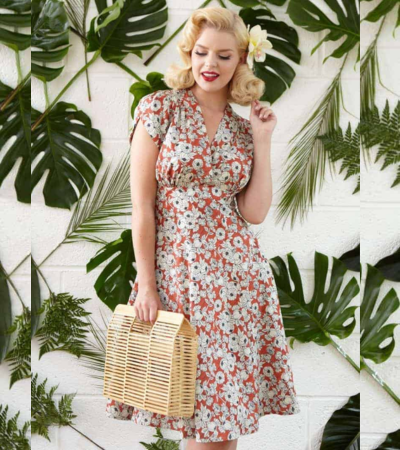
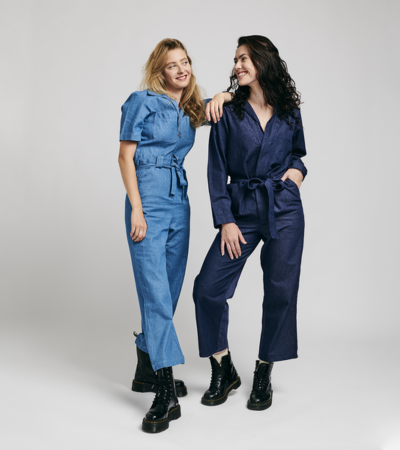
3. The Best Sustainable Clothing Brands to Look For
As a mass of brands claim eco-friendly status, it becomes of paramount importance to ascertain the sincerity of the brands towards sustainability, especially in fashion. Here are a few points to consider:
- Look for Certified Sustainable Labels – Authentic eco friendly clothing brands often have certifications that verify their ethical and environmental practices. Some common certifications include GOTS- Global Organic Textile Standard, OEKO-TEX Standard 100, Fair Trade Certified, etc.
- Check the Brand’s Transparency- Be their e-guest and look at the data which will reveal where they get their materials, how they process their clothing and what their working conditions and their projects concerning ecology and fair labor.
- Research the Materials Used- Eco-friendly fashion is crafted from entirely green, natural, or recycled materials. One may gravitate to organic cotton, hemp, Tencel (Lyocell), or pull it from polyester recycling.
4. How to Find Eco Friendly Clothing
Now that you have a blueprint, here are some relevant pieces of advice that can help you shop eco friendly clothing-
- Choose Quality Over Quantity- Fast fashion sustains an overconsumption circle, especially when clothes get carelessly thrown out after only a few uses. You should buy top-quality items that you can wear for a long time.
- Buy Second-Hand or Vintage Clothing- Thrifting is ecological shopping and liberates the Earth from additional loads of waste products. Consider thrift stores and vintage shops, or even online platforms such as Temu.
- Support Ethical and Sustainable Brands- Many labels are already eco-oriented, and they also comply with strict regulations and utilize only organic materials for their products.
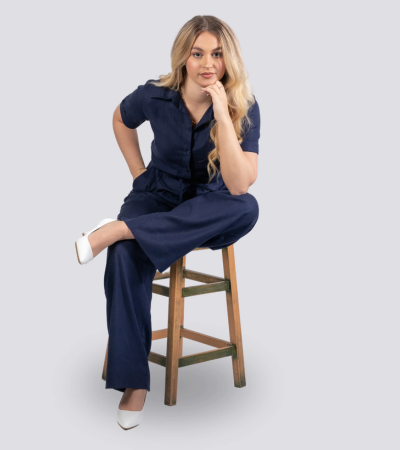
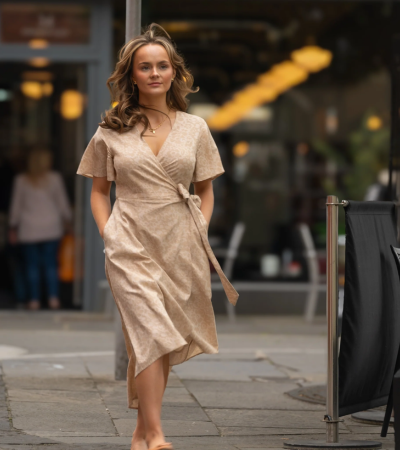
5. Continuing to Be Mindful About Sustaining a Green Wardrobe
Once you have an eco friendly closet, overseeing your clothing is vital for its longevity.
- Take Care of Wash Clothes Properly- Utilize cold water to cut down on energy consumption and instead of using a dryer try the alternative of air drying. Additionally, you ought to opt for eco-friendly detergents that have no toxic substances in them to avert adverse environmental effects.
- Repair and Upcycle Old Clothes- -You can learn how to sew dresses and fix buttons and small tears. You can also convert old clothes into new clothes.
- Donate or Resell Clothes You No Longer Need- If you or your children grow out of some clothes, you could end up leaving them at charity stores or you could take them to online resale platforms. That way, the old garments get a second, third, or more lives and the garbage dumps receive fewer items.
